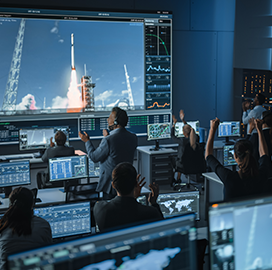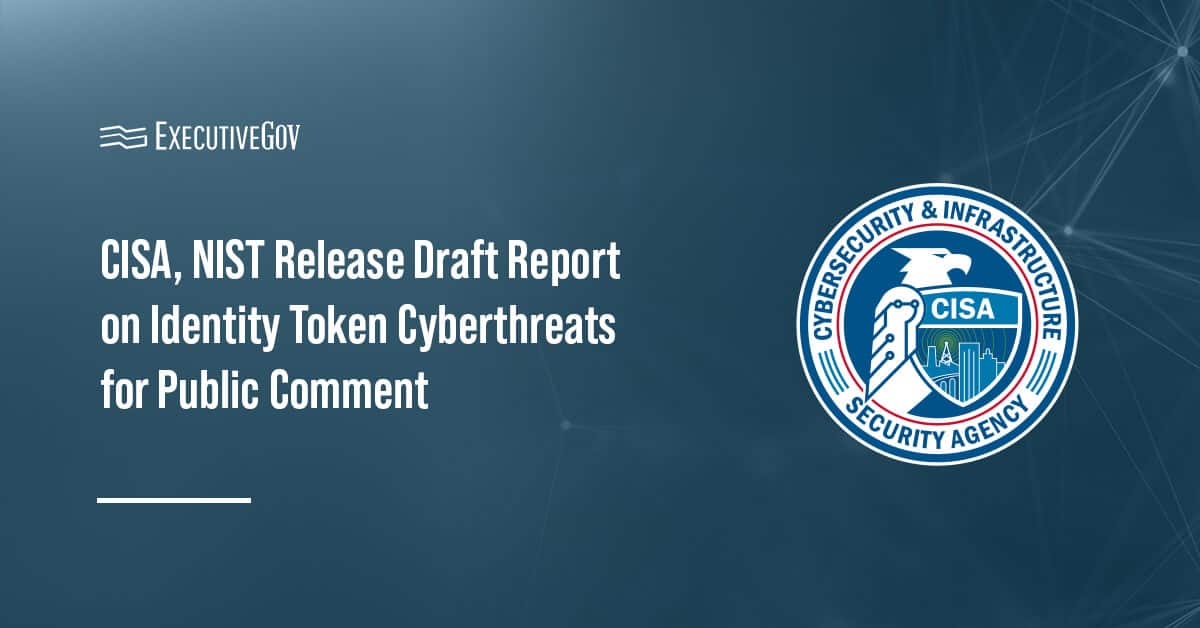NASA recently launched the 2025 Human Lander Challenge, or HuLC, a competition aimed at leveraging cryogenic liquid storage in human landing systems for future space missions beyond low Earth orbit.
The government agency said Tuesday college and university students are now welcome to submit ideas for supercold or cryogenic propellant applications that can be utilized for human landing systems.
Through the HuLC, NASA is looking for ways to use in-space cryogenic liquid storage and transfer systems for long-duration missions. The main goal of the Human Landing System Program-sponsored competition is to develop innovations that will help future space missions bring astronauts to the moon and eventually to Mars.
The Artemis mission aims to send the first woman, first person of color and first international partner astronaut to the moon. By utilizing a commercial human landing system, these astronauts can safely reach the surface of the moon and begin long-term exploration and science opportunities.
HuLC participants will need to submit a non-binding Notice of Intent on or before Oct. 6, 2024. They then have until March 3, 2025 to submit a proposal package.
A maximum of 12 proposals will be chosen with each team receiving $9,250 that they can use to develop their concepts further. Three teams will be chosen during the 2025 HuLC Forum, which will be held in Huntsville, Alabama in June 2025. They will share the prize money of $18,000.
Proposals should revolve around the following categories:
- On-Orbit Cryogenic Propellant Transfer
- Microgravity Mass Tracking of Cryogenics
- Large Surface Area Radiative Insulation
- Advanced Structural Supports for Heat Reduction
- Automated Cryo-Couplers for Propellant Transfer
- Low Leakage Cryogenic Components
Aerospace engineer Esther Lee, who leads the navigation sensors technology assessment capability team at NASA’s Langley Research Center in Hampton, Virginia, said the HuLC competition provides Artemis Generation engineers and scientists an opportunity to contribute to advancements in space technology.
“NASA’s Human Lander Challenge is more than just a competition – it is a collaborative effort to bridge the gap between academic innovation and practical space technology,” said Lee. “By involving students in the early stages of technology development, NASA aims to foster a new generation of aerospace professionals and innovators.”





